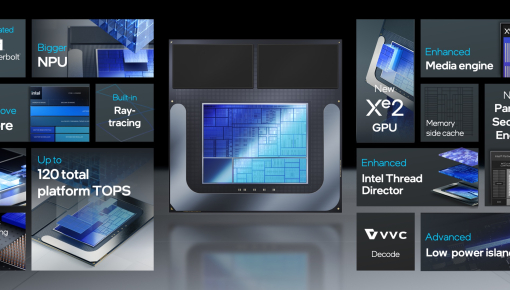Personalised transport in the era of passengers
What excites me about our future is the way we will travel. A new era of mobility is bringing entirely new possibilities to users and completely redefining the car concept.
The worldwide Mobility-as-a-Service (‘MaaS’) market is growing significantly, with a CAGR of over 25% from 2018 to 2025. The key concept behind MaaS is offering travellers mobility solutions based on their travel needs. Companies like Sixt or Volvo’s mobility brand ‘M’ already allow users to drive a car of their choice for a defined time period, with just the swipe of a finger. Despite the convenience that today’s MaaS services offer, they lack the possibility to travel without paying attention to the road combined with a truly personal experience. Autonomous transport is the key to ‘levelling up’ today’s MaaS experiences.
The world is making progress in this area. More than 80 companies – including giants like Uber – are currently testing over 1400 self-driving vehicles across the United States. In the town of Neuhausen am Rheinfall, Switzerland you can already take a ride in an autonomous bus. Recently acquired by Amazon, start-up Zoox is busy working on an autonomous urban pod, which will allow users to personalise their experience during a shared ride by adjusting the air or music to their liking. This is just a sample of the personalisation possibilities that autonomous vehicles could bring.
The Renault Morphoz concept car envisions how the car form, space and functionality may transform to better suit our needs. I see an opportunity to embed more of these technologies into shared autonomous vehicles, bringing more personalisation and unifying the production process while reaching a wide audience.
A great example of deeper personalization in ‘private shared’ rides is Seymourpowell’s modular Quarter Car concept, which can transform from a co-working space to a private leisure area. Passengers can use their time on the road for entertainment, work or socialising. Digital services like Netflix, online gaming platforms or info-tainment will be obvious elements to build into our future journeys. The possibilities go far beyond the digital world, too: Aprilli’s Autonomous Travel Suite suggests that our car transport and hospitality sectors will merge, offering passengers the comfort of a hotel room on the road, with complementary services like food delivery on-the-go.
It’s hard to predict exactly when fully autonomous vehicles will appear on our streets en masse. Policy regulations across the world need to be unified and despite the expansion of 5G, data infrastructure is still a serious issue. People will have to build trust in robo chauffeurs, too. Designers across many disciplines will have to take up this exciting challenge to ensure that the future of transport feels seamless, but familiar. In the end, everybody likes technology but nobody likes the complexity that comes with it, which remains a critical challenge for the industry.
The era of passengers is ahead of us. It’s time to think of the possibilities it could bring to your business, be it through embedding your services or products into the passenger experience or implementing autonomous technologies themselves into your operations.
This article is part of the series, Tech-Bites: exploring our favourite tech trends for 2021.



